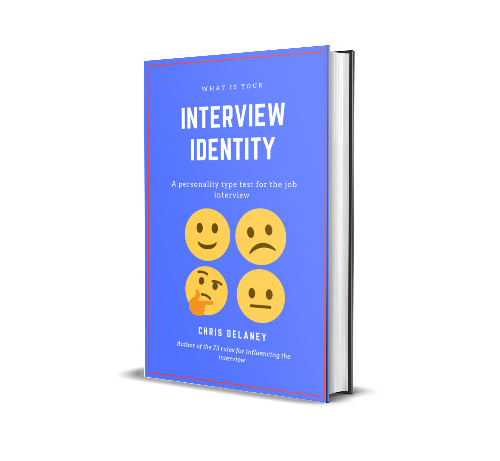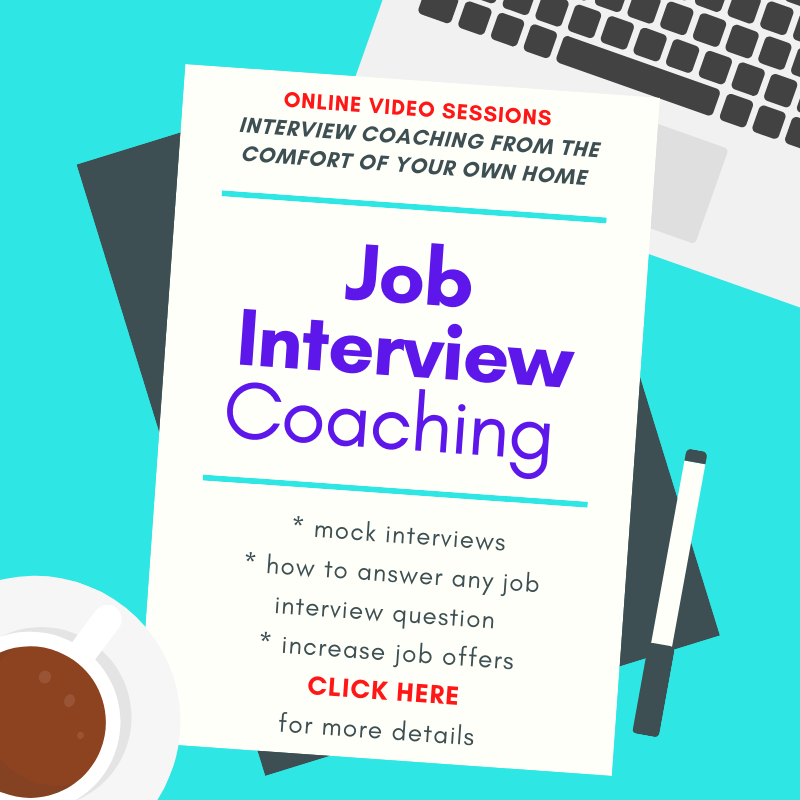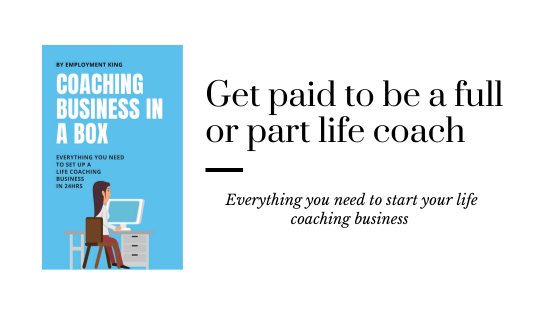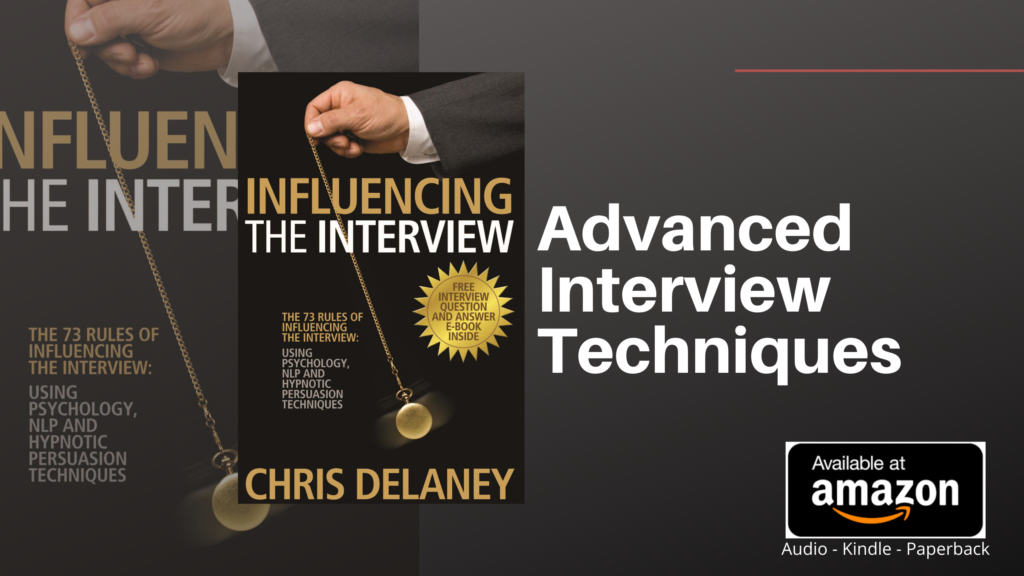10 Job Interview facts
Everyone, at some point or other, will attend a job interview. In fact, most people will attend 20-50 job interviews over their lifetime.
These 10 amazing job interview facts will help you to better understand the interview process and help you to land the job of your dreams.
The first job interview ever was conducted by Thomas Edison in 1921
Job interviews are conducted every day, for every job role, in every job sector, and in every country around the world.
Why are job interviews so popular and how did they originate?
In 1921 the New York Times headline read: “Edison’s questions stir up a storm” To gain a better level of employees Edison created the ‘Edison test’ – the original job interview.
There were hundreds of questions that could be asked, with people complaining that you needed to be a ‘walking encyclopaedia’ to be hired.
After being interviewed, Edison would take successful candidates out for dinner to be tested by eating soup. The famous ‘soup test’ was simple; Edison would watch if the candidate would salt the soup without tasting the soup first. This is because Edison wanted to hire ‘curious’ people and felt that people who salted the soup without testing it – as Edison didn’t want to hire people who replied on assumptions to make opinions.
Since the pandemic, 86% of recruiters have been conducting virtual interviews
Prior to the pandemic recruiters had stated to use virtual job interviews. Covid, which kicked off the work from the home initiative, simply sped up the use of video technology in job interviews.
Online job interviews include human-delivered Q&A interviews, online psychometric tests and AI bot interviews – being interviewed by a robot.
Virtual interviews save time, no travel is required but do require an investment in technology and good internet speed.
Many HR professionals say that virtual interviewing is the new standard with an additional increase in AI bot systems being a major factor in hiring decisions.
The average time for a job interview is 45 minutes
The interview process is in the process of change, especially for high skilled roles.
Previously one or two job interview rounds were enough to highlight enough of the job criteria to gain a job offer or rejection.
The structured interview, which is adopted by most employers, is the key recruitment intervention in the hiring decision. In a structured or formal interview, each applicant is asked a series of job-related interview questions within a 45-minute time frame.
In the main, the applicant is asked 8 interview questions, which are verbally answered by the applicant. Each answer, on average, lasts for around 3 minutes. Some research shows how the longer the duration of the answer the more likely you are to score higher on the interview scorecard, as long as the answer is relevant to the job criteria.
Interview identities, with a high position on the confidence axis, are more likely to give a self-promoting and detailed reply.
Most applicants expect to hear back from an employer within 5 days of the interview
We have all been to a job interview only to wait days, weeks and sometimes even months to hear back from the employer.
There are numerous reasons for a delay in response; multiple interview rounds, staff sickness, and job offers need to be signed off by senior leaders, to the requirement of a DBS check.
Currently, with an increase in job vacancies due in part to the great resignation, job seekers are becoming restless – they want a quick turnaround.
In fact, the late response is affecting the recruitment of first-choice applicants. First-choice applicants, those candidates who are offered multiple job roles won’t hold out for job offers, even for recognised brands.
The average time for hearing back from an employer following a hiring round is 1-2 weeks.
Over 75% of hiring managers use behavioural interview questions to test soft skills
There are many different types of interview questions from situational interview questions to value-based questions.
When hiring, employers need to evaluate sector knowledge, level of expertise, and essential soft skills needed for the advertised position.
The structured job interview is proven to be the best way to predict job performance. Two common types of interview questions, within a structured interview, are behavioural and situational questions.
Situational questions are based on future scenarios and behavioural questions are based on previous behaviours in past job roles. These questions include the famous opening: “give me an example of using X skill”
This type of questioning does have a downside. The best way people learn is through making a mistake. Also, job maturity changes the way a person would approach a similar work base situation. The framing of the question in the past can limit how the applicant responds and promotes their skills.
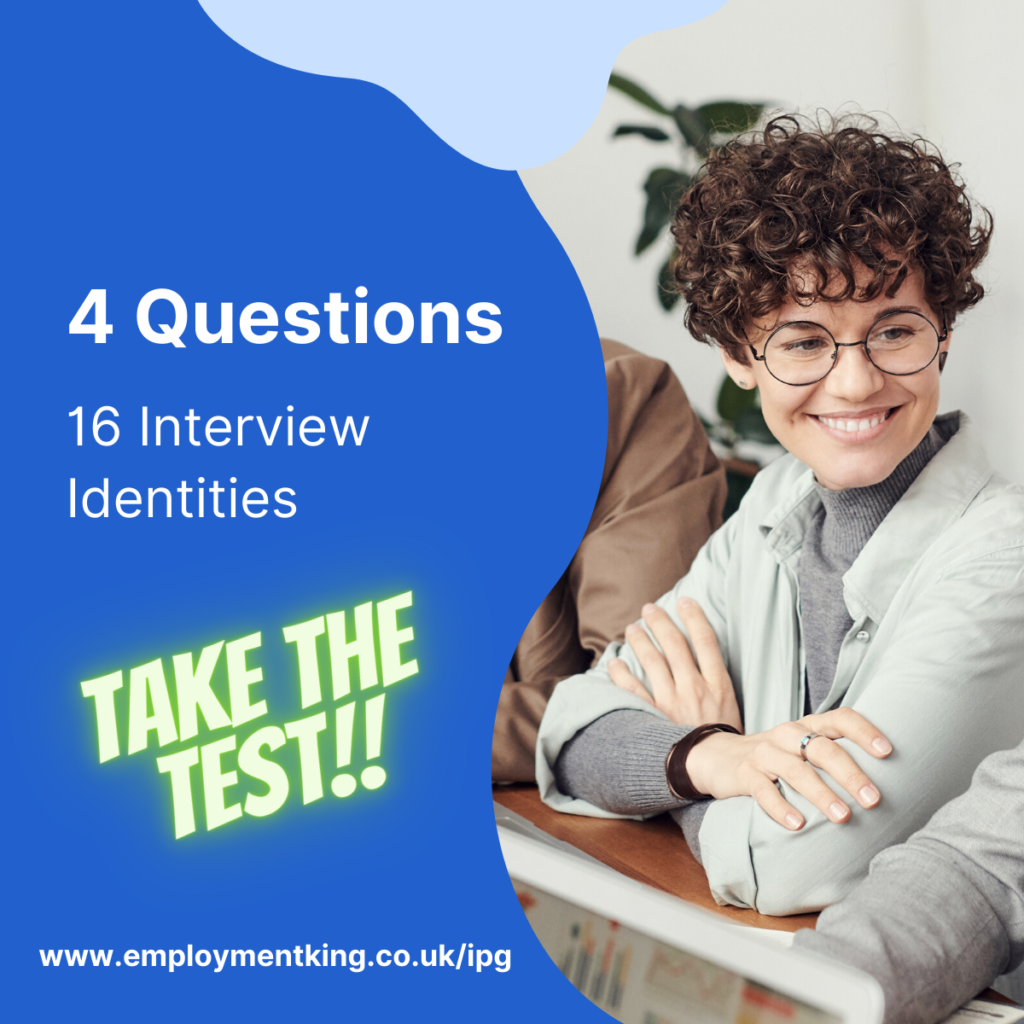
On average 250 applicants apply for every advertised job
If a future me were asked how many job applicants apply for every advertised position, I would likely say 500, 1000 or even 5000.
These large figures may sound ridiculous. But it wasn’t that long ago when the average number of applicants was around 25 per position. Further, we have already seen some companies receive over 25,000 applications for a job role.
The number of applications increases because of two key reasons. One, technology and globalisation are allowing people around the globe to apply for roles. Two, it is much easier and quicker to upload a resume, CV or application than it was to hand write an application as was previously required.

60% of skilled workers will quit in the middle of an application if it is too lengthy
Applications are boring! The biggest killer of talented and high-skilled applicants is having a long and boring application process with various steps, assessments and uploads.
These days job seekers want to apply for lots of jobs quickly. Ideally by uploading an application, CV and Resume for various positions.
Some large organisations have already recognised this barrier to recruitment. Companies like the NHS allow a job seeker to upload one application that they can then send off for various NHS roles – each application can be edited if the applicant prefers.
Other research shows how having a count down ‘only two questions to go’ or ‘page 2 of 3’ can keep candidates engaged, as they know the application process is soon coming to an end.
Only 2% of applicants receive a job interview
The top 2% have what it takes…to write a good application.
The problem with job hunters wanting a quicker application process is that the targeting of individual applications is highly reduced. A reduction in targeting, and therefore meeting the job criteria, reduces the perceived value an applicant can bring to the company which results in a higher number of rejection letters.
The acceleration in AI bot automated tracking systems, where the AI bot scans an application searching for job criteria before deciding whether of not to offer the applicant a job interview, has a big impact on those job seekers who use the same generic application for all roles and for various organisations who have their own specific criteria based on that company’s values and vision.
Recent research found that 98% of fortune 500 companies now use an application tracking system.
Only, around, 8 applicants receive a job interview. This means competition is high. Some sectors will have a more flexible approach to recruitment as there is a need for staff but in others, where recruitment is less of a problem, a generic application just isn’t good enough.
40% of employers decline interviewees who show no enthusiasm during the recruitment process
The logical hiring process, scoring interviewee answers against the interview scorecard, isn’t that logical.
All logical hiring decisions are influenced by the emotional section of the brain. It is this part of the mind that uses unconscious bias as a starting point in the recruitment process.
The research for the interview prediction grid model – a framework to reflect on how an interviewee is perceived during a job interview and therefore the outcome of the recruitment process, states the importance of confidence within a 1-2-1 or panel interview.
Confidence creates likeability and is associated with other positive attributes; being enthusiastic, intelligence and teamwork.
It is clear then that a lack of confidence during the interview reduces the chances of a job hire.
90% of people who use an interview coach get a job offer as twice as fast as job seekers who don’t prepare
More and more people are now booking job interview coaches. This is especially true for high-skilled roles where competition for positions is high.
Interview coaches increase confidence through role plays, feedback and sharing job interview techniques.
The main reason why job seekers turn to professional interview coaches is that public speaking is cited as the number one fear in the world.



